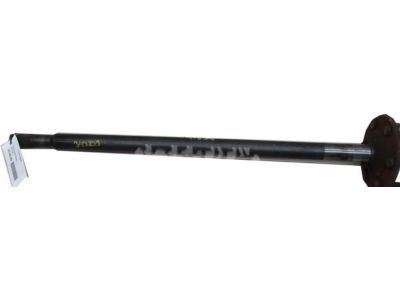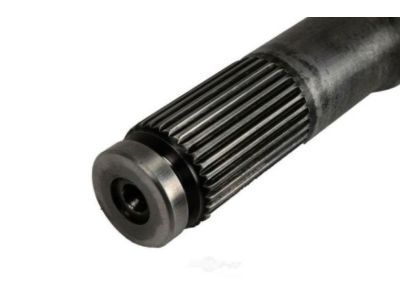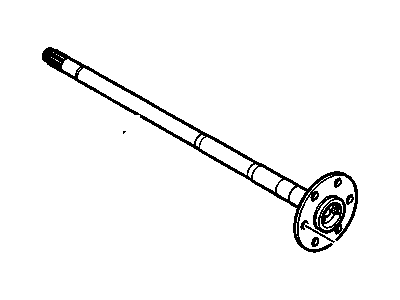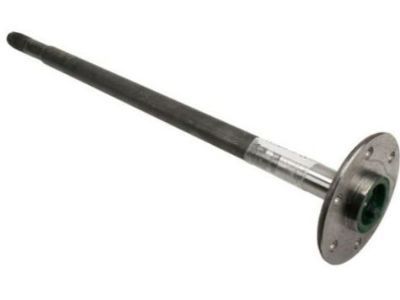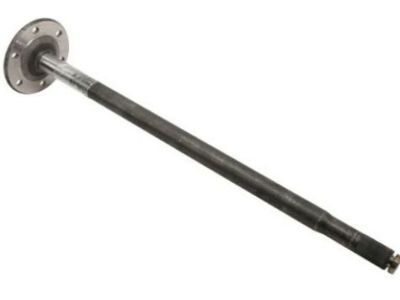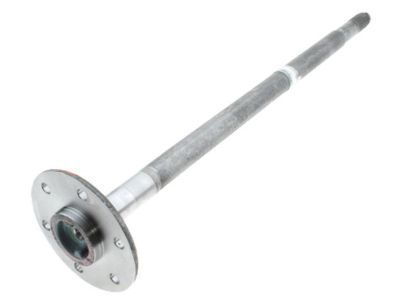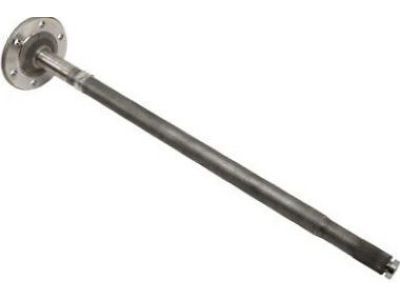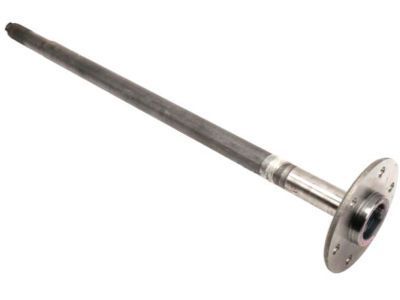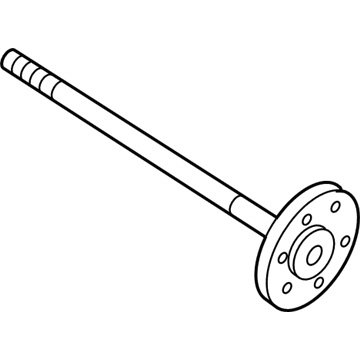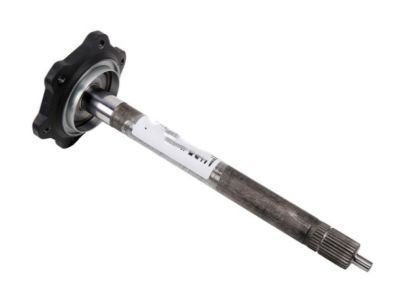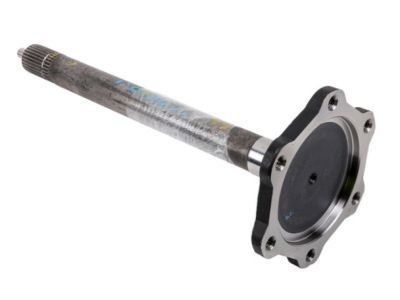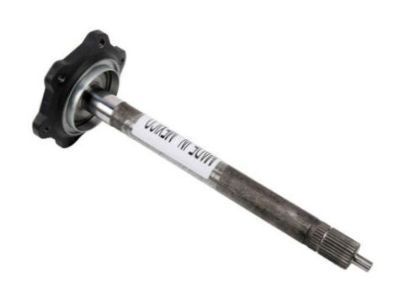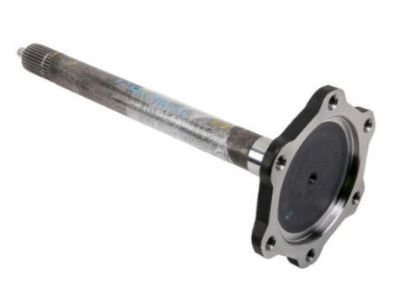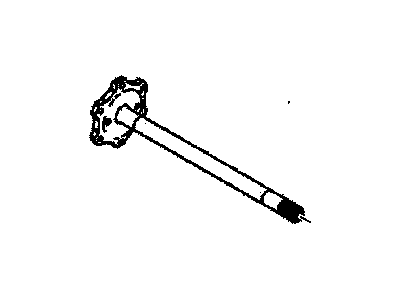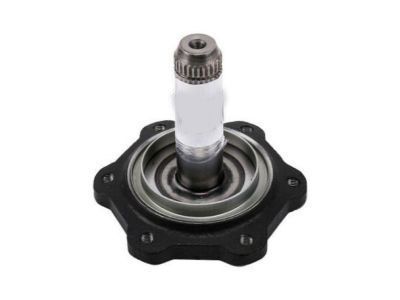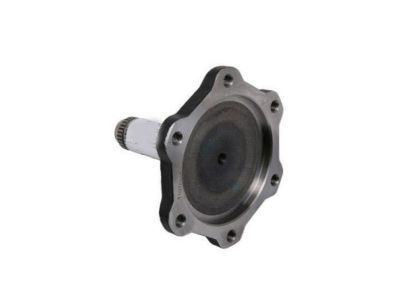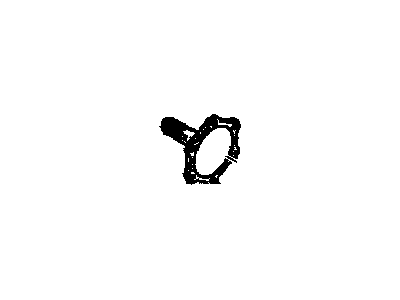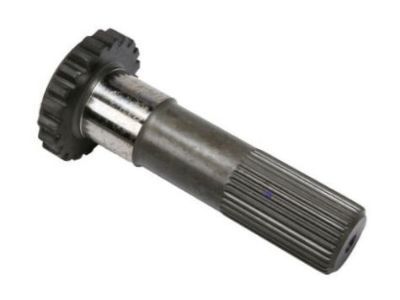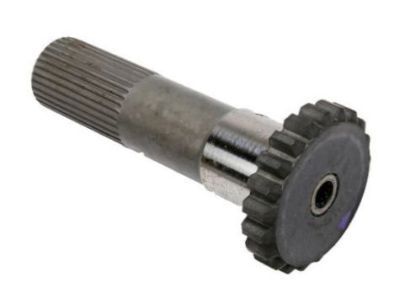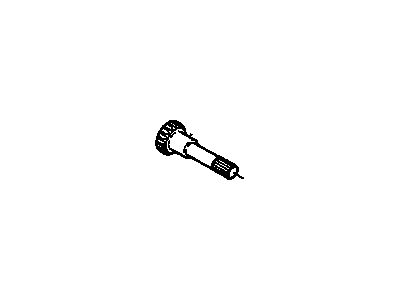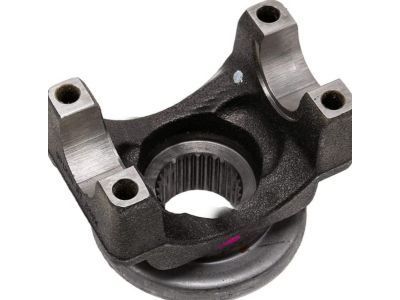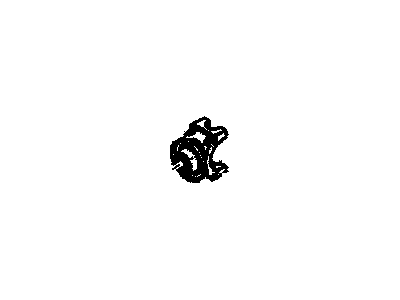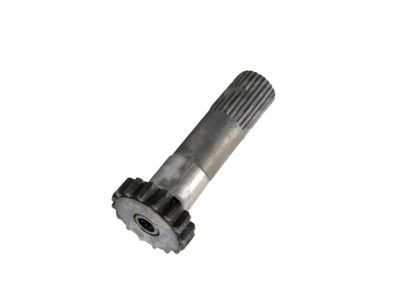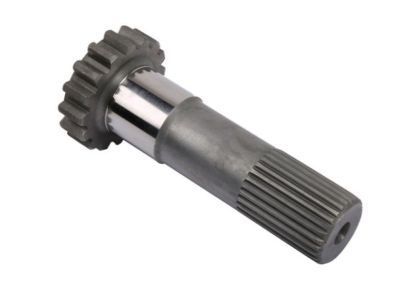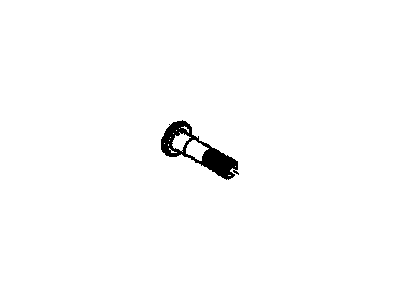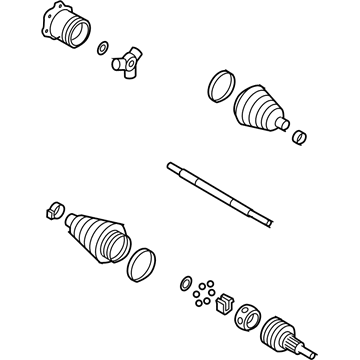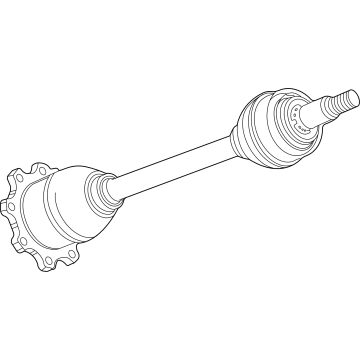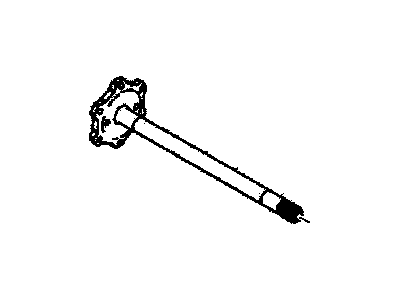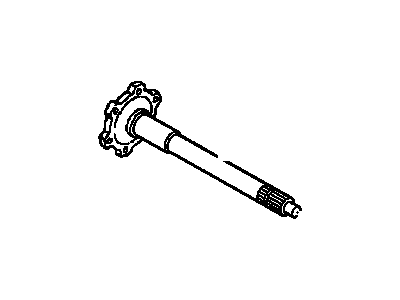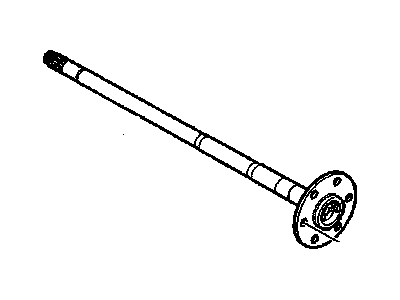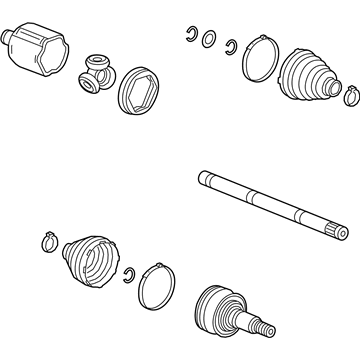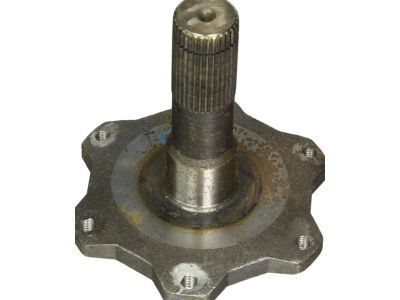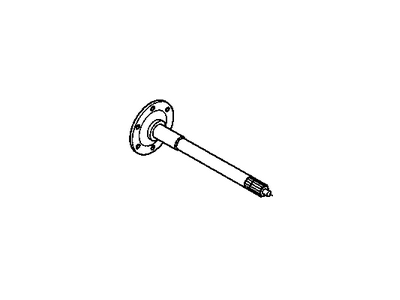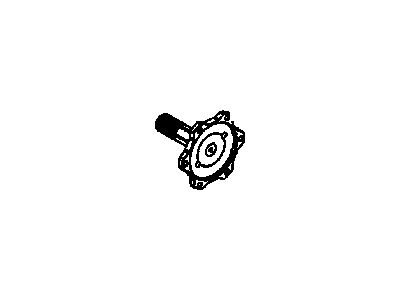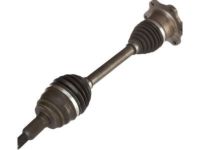
My Garage
My Account
Cart
Genuine GMC Yukon Axle Shaft
Car Axle Shaft- Select Vehicle by Model
- Select Vehicle by VIN
Select Vehicle by Model
orMake
Model
Year
Select Vehicle by VIN
For the most accurate results, select vehicle by your VIN (Vehicle Identification Number).
146 Axle Shafts found
GMC Yukon Rear Axle Shaft
Part Number: 22874951$505.23 MSRP: $863.89You Save: $358.66 (42%)Ships in 1-3 Business DaysGMC Yukon Rear Axle Shaft
Part Number: 23199121$217.33 MSRP: $371.63You Save: $154.30 (42%)Ships in 1-2 Business DaysGMC Yukon Front Drive Axle Inner Shaft
Part Number: 22876133$353.61 MSRP: $589.88You Save: $236.27 (41%)Ships in 1-2 Business DaysGMC Yukon Front Drive Axle Inner Shaft
Part Number: 22876135$318.90 MSRP: $762.45You Save: $443.55 (59%)Ships in 1-2 Business DaysGMC Yukon Front Drive Axle Clutch Shaft Assembly
Part Number: 19121909$144.05 MSRP: $353.04You Save: $208.99 (60%)Ships in 1-2 Business DaysGMC Yukon Front Differential Drive Pinion Gear Shaft
Part Number: 88967027$48.35 MSRP: $118.46You Save: $70.11 (60%)GMC Yukon Front Drive Axle Clutch Shaft Assembly
Part Number: 19121908$215.79 MSRP: $357.16You Save: $141.37 (40%)Ships in 1-2 Business DaysGMC Yukon Shaft Assembly, Front Whl Drv Half
Part Number: 84842044$307.12 MSRP: $508.32You Save: $201.20 (40%)GMC Yukon SHAFT ASM-FRT WHL DRV HALF
Part Number: 85126785$210.55 MSRP: $584.72You Save: $374.17 (64%)GMC Yukon SHAFT-FRT WHL DRV
Part Number: 87821660$37.84 MSRP: $91.64You Save: $53.80 (59%)Ships in 1-3 Business DaysGMC Yukon Shaft Assembly, Rear Whl Drv
Part Number: 84856645$254.96 MSRP: $421.99You Save: $167.03 (40%)GMC Yukon Front Drive Axle Inner Shaft
Part Number: 15801499$366.48 MSRP: $493.91You Save: $127.43 (26%)Ships in 1-2 Business DaysGMC Yukon Front Drive Axle Inner Shaft
Part Number: 15801500$351.56 MSRP: $601.16You Save: $249.60 (42%)Ships in 1-2 Business DaysGMC Yukon Front Driver Side Half, Shaft Assembly
Part Number: 84754391$152.44 MSRP: $260.66You Save: $108.22 (42%)Ships in 1-2 Business DaysGMC Yukon SHAFT-FRT WHL DRV
Part Number: 87821662$46.50 MSRP: $76.96You Save: $30.46 (40%)Ships in 1-3 Business DaysGMC Yukon Shaft, Front Whl Drv Inter
Part Number: 84428315$59.13 MSRP: $93.02You Save: $33.89 (37%)Ships in 1-3 Business DaysGMC Yukon Front Drive Axle Inner Shaft
Part Number: 26058806$715.83 MSRP: $925.44You Save: $209.61 (23%)
| Page 1 of 8 |Next >
1-20 of 146 Results
GMC Yukon Axle Shaft
The Axle Shaft of GMC Yukon vehicles is one of the most important parts of the vehicle transmission system since it transmits power from the differential to the drive wheels to enable independent rotation, which privileged tractions. These steel shafts are of different types, although the basic construction is similar; the Truck/Domestic RWD car axles are solid, while those of the independent suspension vehicles use halfshafts. Suspension is carried by solid axles while the gears include a central differential and axle shafts and halfshafts for transmitting the power from the transaxle to the wheels. Axle shafts may get worn out due to contact with obstacles maybe producing noise and vibration, the seals on the other hand may get worn out leading to loss of lubricant and contamination of brakes. In summary, Axle Shaft has major functional responsibilities such as bearing the vehicle weight, transmitting force and ensuring that wheel is accurately positioned in GMC Yukon cars.
Each OEM GMC Yukon Axle Shaft we offer is competitively priced and comes with the assurance of the manufacturer's warranty for the part. Furthermore, we guarantee the speedy delivery of your orders right to your doorstep. Our hassle-free return policy is also in place for your peace of mind.
GMC Yukon Axle Shaft Parts Questions & Experts Answers
- Q: What is the function of the axle shafts equipped with sliding constant velocity joints in transmitting power from the front differential/axle to the front wheels on GMC Yukon?A:Power is transmitted from the front Differential/axle to the front wheels through a pair of axle shafts equipped with sliding constant velocity (CV) joints capable of both angular and axial motion. The inner ends of the axle shafts are bolted to an axleshaft connected to the differential side gears, while the outer ends have a stub shaft that is splined to the front hub and bearing assembly and locked in place with a large nut. The outer ends of the axle shafts are equipped with ball-and-cage type CV joints capable of angular but not axial movement. It is important to inspect the boots periodically for damage and leaking lubricant, as torn CV joint boots must be replaced immediately to prevent damage to the joints. If a boot is damaged, the CV joint can be disassembled and cleaned, but if any parts are damaged, the entire axle shaft assembly must be replaced as a unit. Symptoms of worn or damaged CV joints include lubricant leaks, clicking noise in turns, clunk when accelerating after coasting, and vibration at highway speeds. To check for wear in the CV joints and axle shafts, grasp each axle and rotate it in both directions while holding the CV joint housings, feeling for play indicating worn splines or sloppy CV joints. It is also important to check the axle shafts for cracks, dents, and distortion.
Related GMC Yukon Parts
Browse by Year
2024 Axle Shaft 2023 Axle Shaft 2022 Axle Shaft 2021 Axle Shaft 2020 Axle Shaft 2019 Axle Shaft 2018 Axle Shaft 2017 Axle Shaft 2016 Axle Shaft 2015 Axle Shaft 2014 Axle Shaft 2013 Axle Shaft 2012 Axle Shaft 2011 Axle Shaft 2010 Axle Shaft 2009 Axle Shaft 2008 Axle Shaft 2007 Axle Shaft 2006 Axle Shaft 2005 Axle Shaft 2004 Axle Shaft 2003 Axle Shaft 2002 Axle Shaft 2001 Axle Shaft 2000 Axle Shaft 1999 Axle Shaft 1998 Axle Shaft 1997 Axle Shaft 1996 Axle Shaft 1995 Axle Shaft 1994 Axle Shaft 1993 Axle Shaft 1992 Axle Shaft
